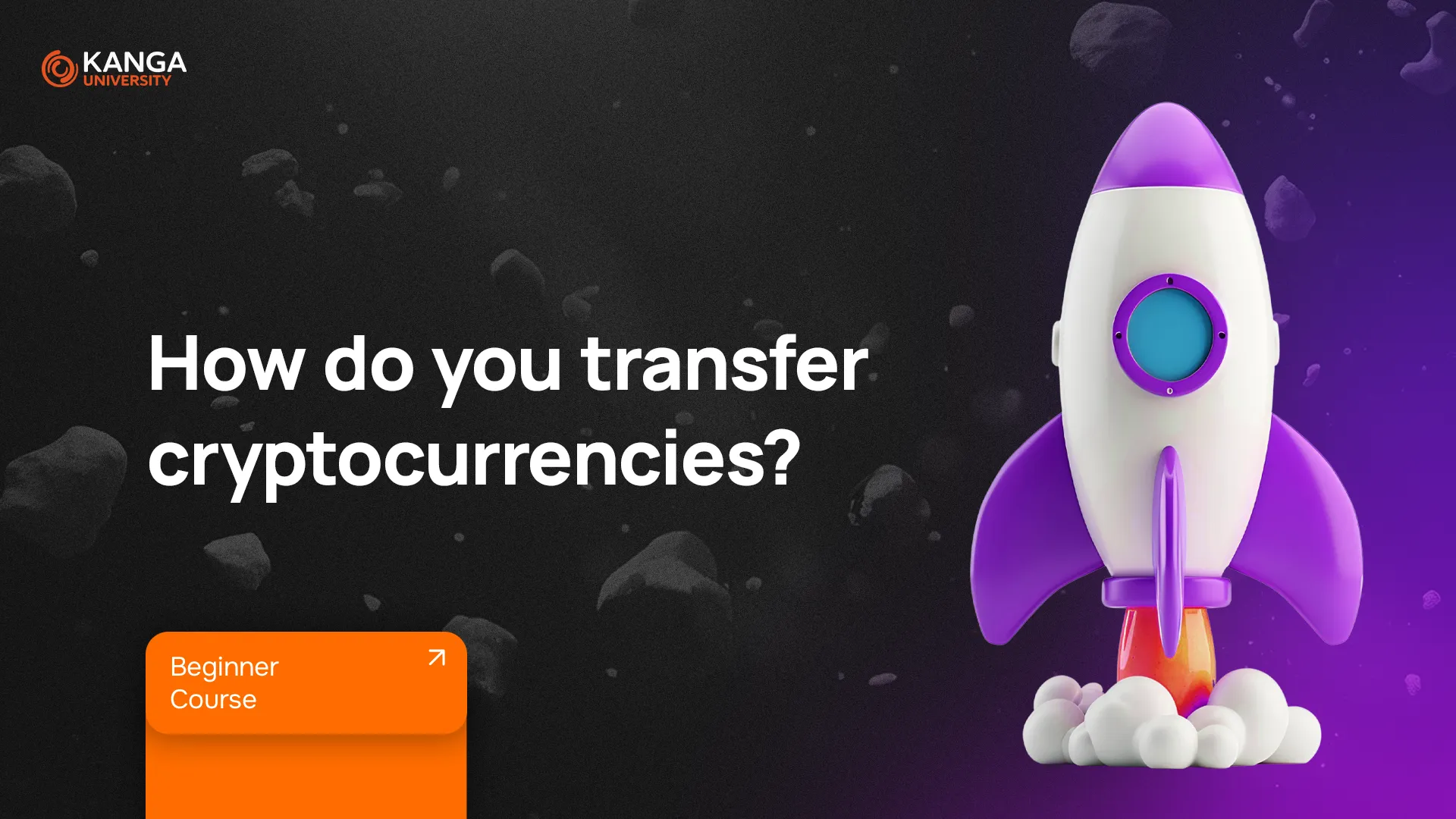
At first glance, transferring cryptocurrency may seem complicated. However, after a few attempts, it becomes intuitive and quick.
In this lesson, you will learn how to safely send cryptocurrency, what to avoid, and which tips can make the process easier.
How Does Cryptocurrency Transfer Work?
It is similar to sending an email—you need the recipient’s address, select the amount to send, confirm the transaction, and it’s done. The difference is that instead of a message, you are sending digital assets.
Cryptocurrencies operate globally, meaning they can be sent anywhere in the world without intermediaries or the need to provide personal or banking information.
To transfer cryptocurrency, you need:
- A cryptocurrency wallet – a place where your assets are stored. This can be an exchange wallet, a mobile app, or a hardware device.
- The recipient’s address – a long string of characters that indicates where the funds should be sent.
- A transaction fee – a small amount that covers the cost of processing the transaction on the blockchain network.
How to Send Cryptocurrency from an Exchange to a Wallet?
The process is simple, but caution is required—every transaction on the blockchain is irreversible.
Step-by-step process:
- Log in to your exchange account.
- Go to the “Wallet” or “Balance” section.
- Select the cryptocurrency you want to send.
- Click “Send.”
- Choose the correct blockchain network, such as Bitcoin, Ethereum, or BEP20. An incorrect choice may result in a loss of funds.
- Paste the recipient’s wallet address.
- Enter the amount of cryptocurrency to be sent.
- Double-check all details, including the address, amount, and network.
- Confirm the transaction.
- Wait for the transaction to be verified on the blockchain.
The process may slightly differ depending on the exchange, so it’s always a good idea to review the platform’s instructions.
How to Ensure Security When Transferring Cryptocurrency?
- Choose the correct network—Ethereum (ERC20) does not work on BNB Smart Chain (BEP20). An incorrect choice may lead to a loss of funds.
- Double-check the recipient’s address—copy and paste it instead of entering it manually to avoid errors.
- Use two-factor authentication (2FA)—an extra layer of security that helps prevent unauthorized access.
- Check transaction fees—fees vary depending on the network and exchange.
- Avoid using public Wi-Fi—this reduces the risk of data interception.
- Ensure your software is up to date—this applies to both your wallet and the device you are using.
Additional Tips for Transferring Cryptocurrency
- Test transaction – before sending a large amount, first send a small test amount to verify that everything is working correctly.
- Be careful when transferring between exchanges – some platforms require additional authentication codes for transactions to be processed.
- Monitor transaction status – use tools like EtherScan.io for Ethereum or BTC Explorer for Bitcoin to track transaction confirmations.
- Secure your private keys – private keys provide access to your funds and should never be shared with anyone.
Is Cryptocurrency Transfer Free?
No. Every transaction requires a fee, which depends on:
- the selected blockchain network,
- the current network traffic—higher demand leads to higher fees,
- the exchange or wallet provider processing the transaction.
Some platforms offer limited-time promotions with free withdrawals, but in most cases, cryptocurrency transfers involve a small fee.
Despite the fees, cryptocurrency transfers are often cheaper than traditional international bank transfers.
Summary
- Transferring cryptocurrency works similarly to sending an email.
- Every transaction is irreversible, so double-check all details before confirming.
- Choosing the correct blockchain network is crucial—an incorrect selection may result in a loss of funds.
- Following security best practices, such as using 2FA, avoiding public Wi-Fi, and monitoring transactions, helps protect your assets.
- A test transaction can help prevent costly mistakes when sending large amounts.
By following these principles, you can securely transfer cryptocurrency and minimize risks.